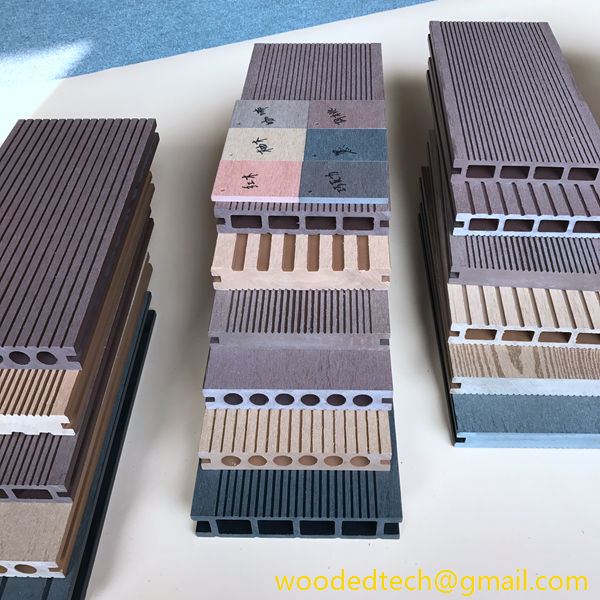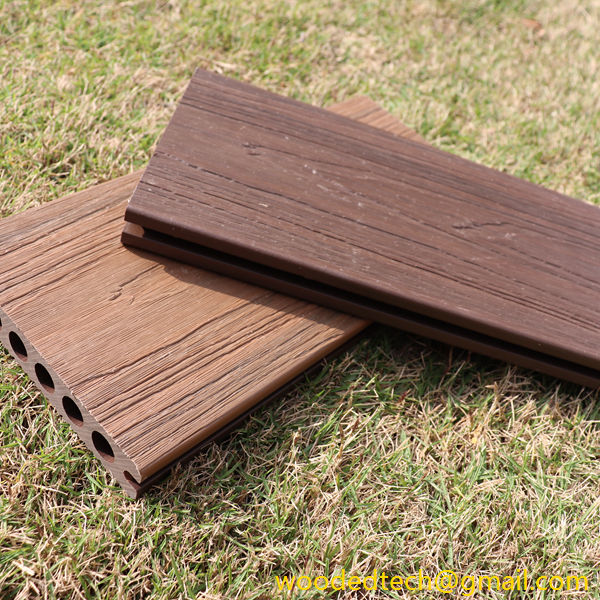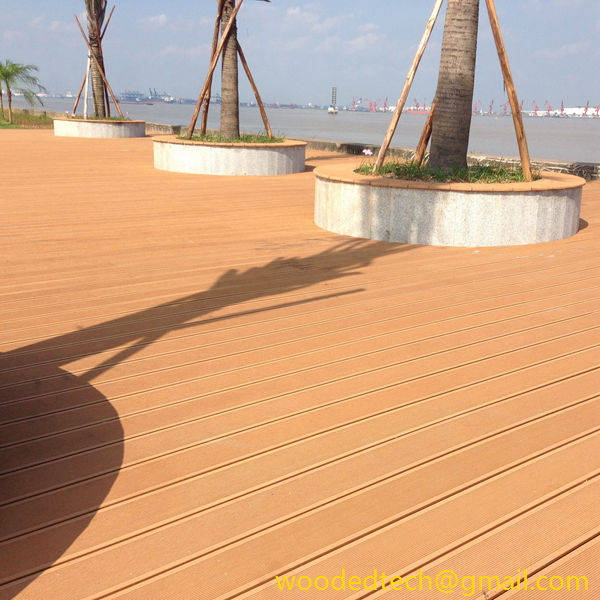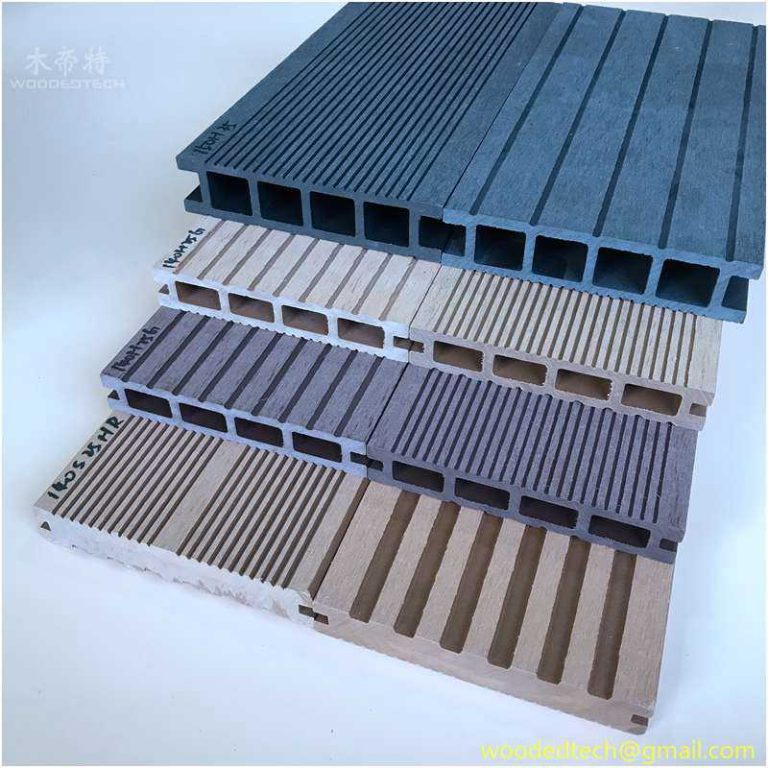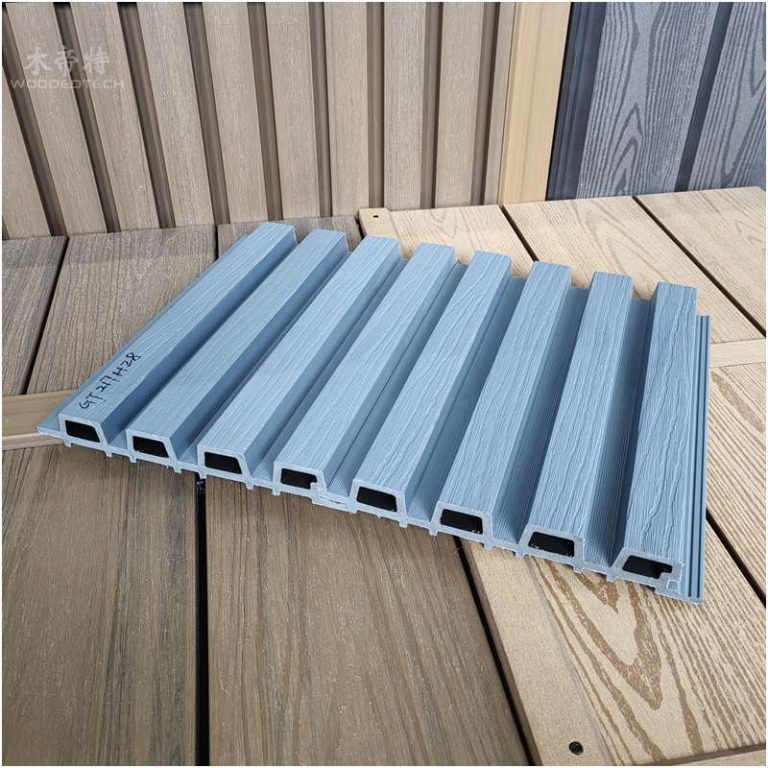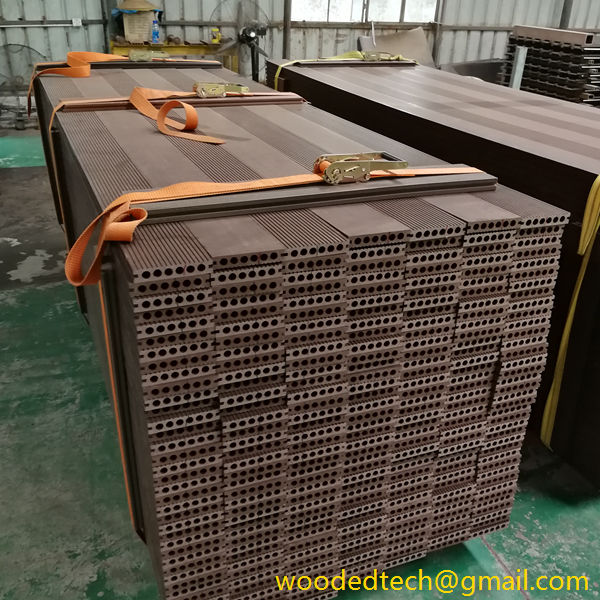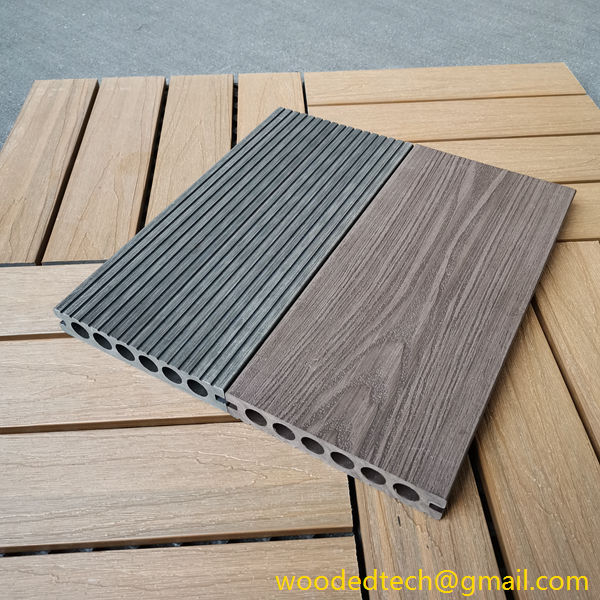Choosing the Right Composite Wood Decking Colors for Your Home
Choosing the Right Composite Wood Decking Colors for Your Home When it comes to enhancing the outdoor aesthetic of your home, few elements can have as profound an impact as your decking. Composite wood decking has gained popularity over the years due to its durability, low maintenance, and resistance to the elements. However, choosing the…
Choosing the Right Composite Wood Decking Colors for Your Home
When it comes to enhancing the outdoor aesthetic of your home, few elements can have as profound an impact as your decking. Composite wood decking has gained popularity over the years due to its durability, low maintenance, and resistance to the elements. However, choosing the right color for your composite decking can be a daunting task. The right color not only contributes to the overall look of your home but can also affect its value and your enjoyment of the space. This article will explore various material styles and offer insights into selecting the perfect composite wood decking colors for your home.
Understanding Composite Decking
Before diving into color selection, it’s important to grasp what composite decking is. Made from a blend of wood fibers and recycled plastic, composite decking is designed to mimic the appearance of natural wood while providing superior durability. This innovative material is resistant to fading, staining, and mold, making it an excellent choice for outdoor spaces. Additionally, composite decking comes in a variety of colors and finishes, allowing homeowners to customize their outdoor aesthetics to suit their personal preferences and architectural styles.
Assessing Your Home’s Style
The first step in choosing the right composite wood decking color is assessing your home’s architectural style. Different styles often call for different color palettes. For instance, a modern home may benefit from sleek, darker colors like charcoal or slate, which can create a striking contrast against light-colored walls. In contrast, a traditional home might look best with warmer, earthier tones like chestnut or cedar, which evoke a sense of warmth and familiarity.
If your home features a lot of natural wood accents, consider selecting a composite decking color that complements these elements. For example, if your front door is a dark mahogany, you might choose a composite deck with a similar rich hue. On the other hand, if your home has a more minimalist aesthetic, lighter shades such as driftwood or beachy grey could enhance the clean lines of your design.
Considering Your Surroundings
Another critical factor in selecting composite wood decking colors is the natural environment surrounding your home. Take a moment to evaluate the landscape. Are there lush green trees, vibrant flower beds, or sandy beach areas nearby? The color of your decking should harmonize with the natural elements in your yard. For homes situated in wooded areas, earthy tones and greens can help create a seamless transition between the indoors and outdoors.
If your home is located near a beach or coastal area, lighter colors like sand or light grey can reflect the natural surroundings and create a calming atmosphere. For urban settings, where concrete and steel dominate, darker shades can add a touch of sophistication and elegance, contrasting beautifully with the urban landscape.
Creating Contrast and Cohesion
When selecting colors for composite wood decking, it’s essential to think about contrast and cohesion with other elements of your outdoor space. Consider the color of your siding, fencing, and outdoor furniture. A well-thought-out color scheme can create a cohesive look that ties your outdoor space together beautifully.
For example, if your home has light-colored siding, pairing it with darker decking can create a stunning visual contrast that draws the eye. Conversely, if your home features a darker exterior, lighter decking can help brighten the space and make it feel more open. Additionally, consider the colors of your landscaping elements, such as planters, pots, and garden beds. A complementary color selection can enhance the overall look of your outdoor area.
Testing Samples
Before making a final decision, it is highly advisable to test samples of composite decking colors in your outdoor space. Many manufacturers offer sample boards or swatches that you can take home to see how they look in different lighting conditions. The appearance of colors can change dramatically based on sunlight, shade, and time of day. By testing samples, you can better visualize how the colors will look in your specific environment and ensure you are satisfied with your choice.
Maintenance Considerations
While selecting a beautiful color is essential, it’s also important to consider the maintenance associated with it. Lighter colors may show dirt and stains more easily, while darker colors can sometimes fade over time, especially in areas with intense sunlight. When choosing your composite decking color, think about how much time you are willing to devote to cleaning and maintenance. Many composite decking products come with warranties that cover fading and staining, so be sure to read the fine print to ensure your investment is protected.
Conclusion
Choosing the right composite wood decking colors for your home is a significant decision that can enhance your outdoor living experience and increase your property’s value. By assessing your home’s architectural style, considering your surroundings, and testing samples, you can make an informed choice that reflects your personal taste and complements your home. Remember to balance aesthetics with maintenance considerations to ensure that your decking remains beautiful for years to come. With the right color selection, your outdoor space can become a stunning extension of your home, providing a perfect setting for relaxation and entertainment.


